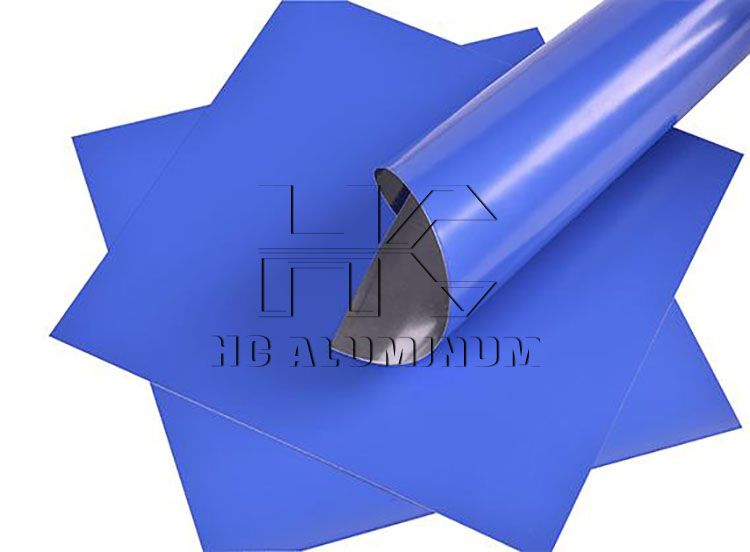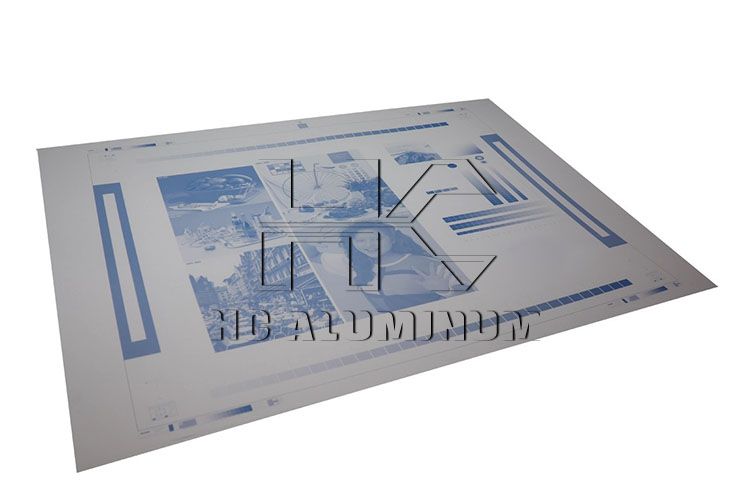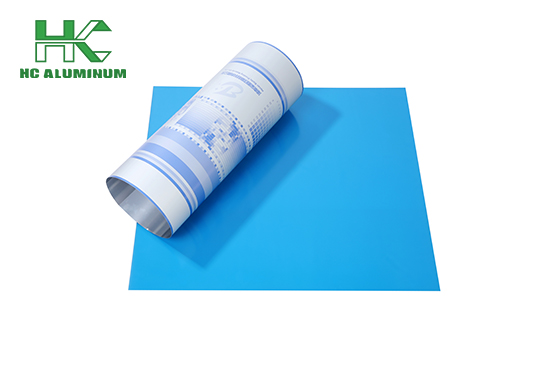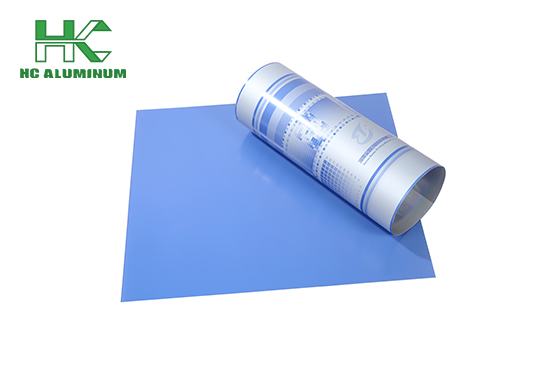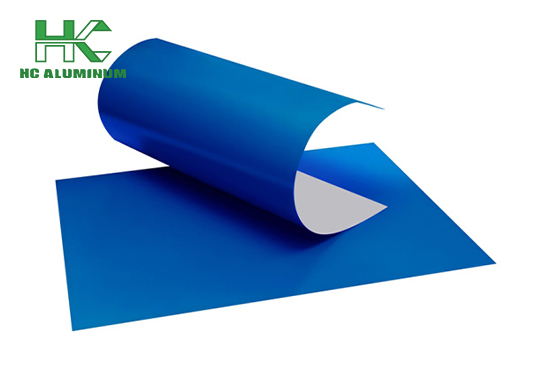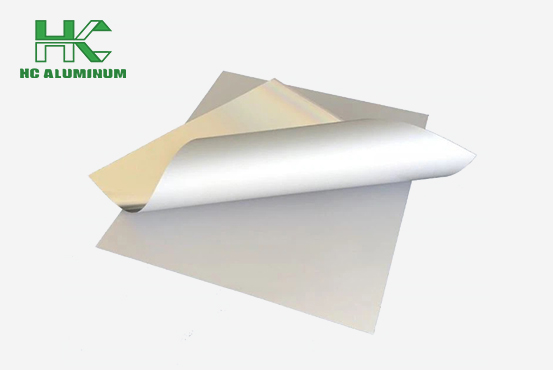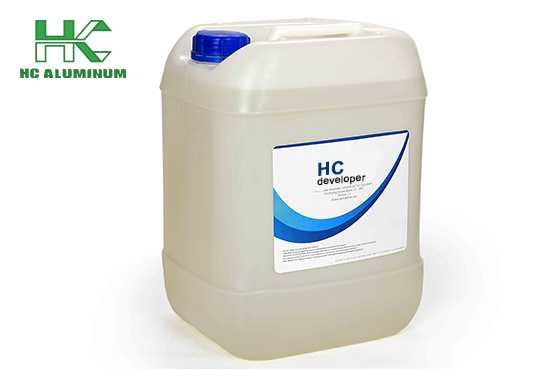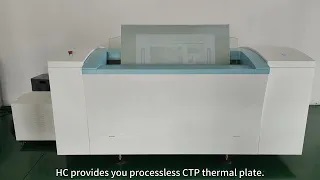What Are Uses of Different Types of CTP Plates
Computer to Plate (CTP) technology converts digital files into printing plates directly through computers, eliminating the traditional film platemaking steps and improving printing efficiency and quality. CTP plates are the core of this technology. According to different materials and application scenarios, CTP plates can be divided into many types, each with its own unique uses.
Thermal CTP plate
Thermal CTP plates are currently the most widely used aluminum plates for printing. It uses thermal imaging technology to make plates and is very sensitive to the thermal energy of lasers, so it can achieve high-precision image and text transfer. Thermal CTP plates are suitable for high-quality commercial printing and publication printing, such as high-end magazines, albums, brochures, etc. Because thermal plates have good adaptability to ambient temperature and humidity and do not require preheating, they are widely favored by printing companies.
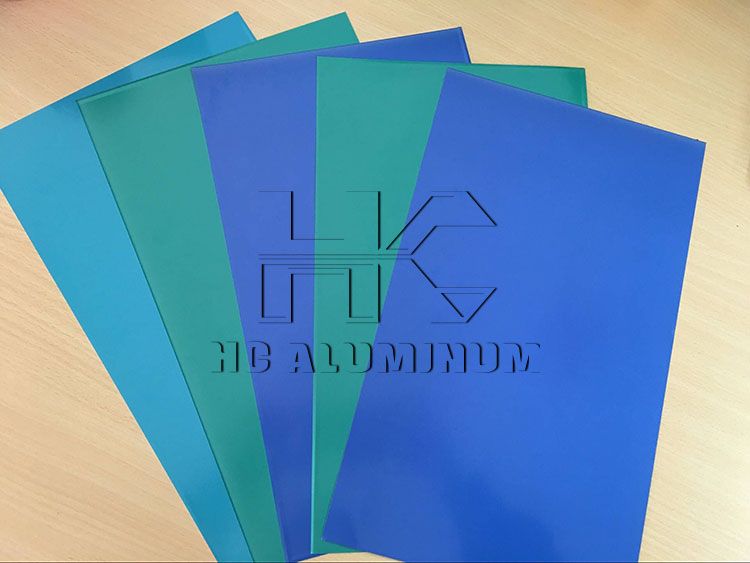
Violet CTP plate
Violet CTP plate uses purple laser (wavelength of about 405nm) for plate making, and have the characteristics of fast imaging speed and high stability. Purple laser CTP plates are suitable for large-scale newspaper printing and fast printing tasks. Its high imaging speed can meet the timeliness requirements of the news publishing industry. In addition, violet CTP plates usually have a long print durability and can be printed multiple times on the same plate, further reducing costs.
Silver salt CTP plates
Silver salt CTP plates use silver salt photosensitive materials to form images through chemical development reactions. The imaging quality of silver salt CTP plates is very high and is suitable for printing tasks that require extremely high image accuracy and detail performance, such as high-end artwork reproduction, precision packaging printing, etc. Although the development process of silver salt plates is relatively complicated, its excellent image restoration ability makes it still irreplaceable in some special applications.
Chemical-free CTP plates
Chemical-free CTP plates are environmentally friendly plates. The platemaking process does not require chemical development, and imaging can be completed only by physical means. The main advantage of this plate is that it reduces environmental pollution and reduces the use and disposal costs of chemicals. Chemical-free CTP plates are suitable for printing companies with high environmental protection requirements, as well as some small printing plants and users with high on-site platemaking needs.
Flexographic CTP plates
Flexographic CTP plates are mainly used in flexographic printing (Flexography), which is widely used in packaging printing, label printing and plastic film printing. This printing plates for packaging have good elasticity and strong wear resistance, and can be printed on various uneven surfaces. The direct platemaking technology of flexographic plates improves printing accuracy, reduces platemaking time and cost, and is an important choice for the packaging industry.
Fiber-based CTP plates
Fiber-based CTP plates use fiber materials as the base material, which has good durability and stability. It is suitable for some special printing applications, such as outdoor advertising printing, large-format poster printing, etc. The main advantage of fiber-based plates is their strong tensile and tear resistance, which can maintain stable printing quality under harsh environmental conditions.
Chinese Positive PS CTP Plate for Offset Printing Cut to Size





